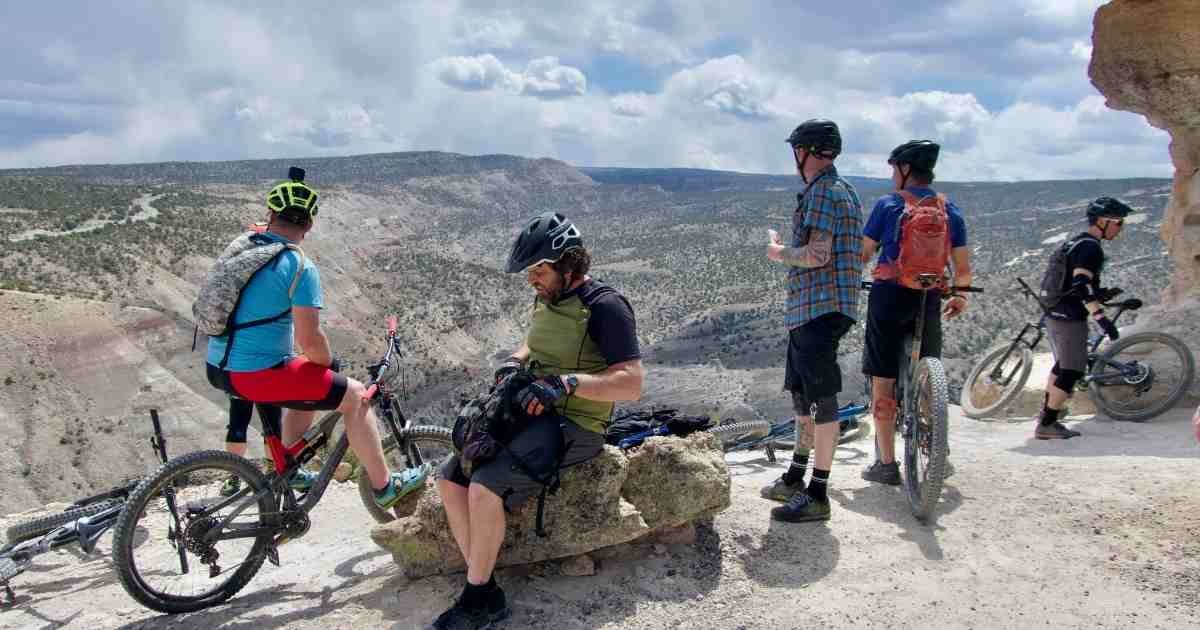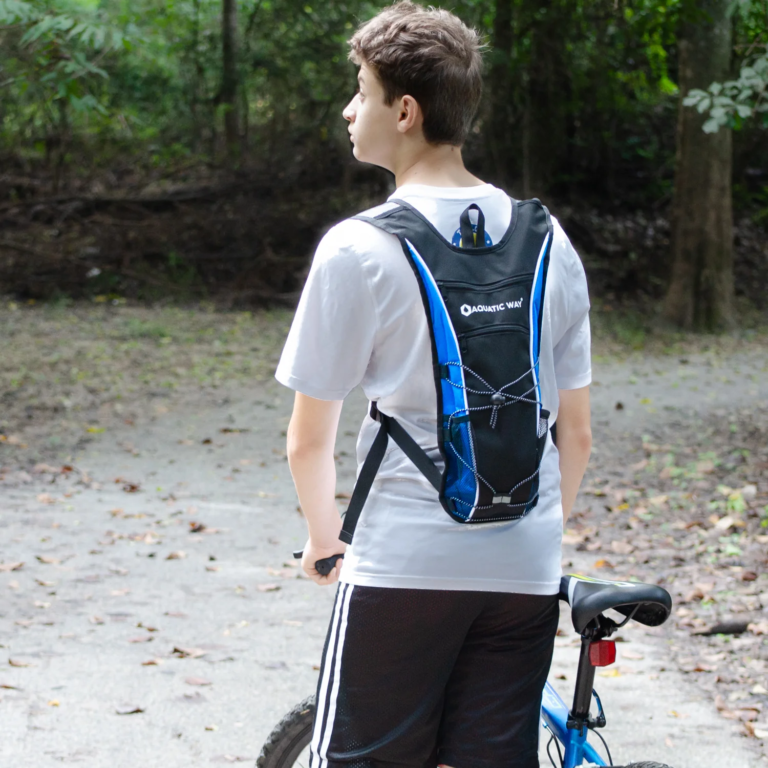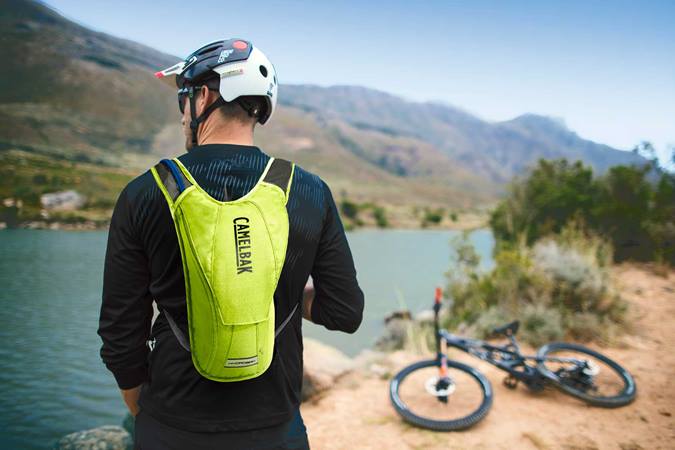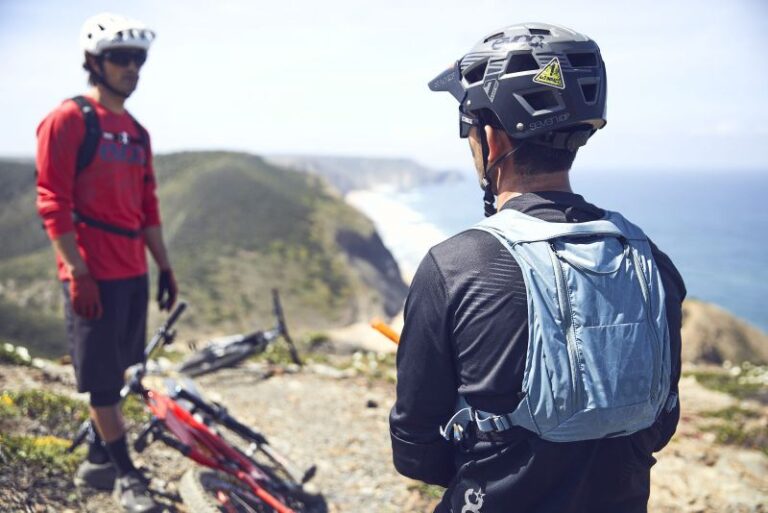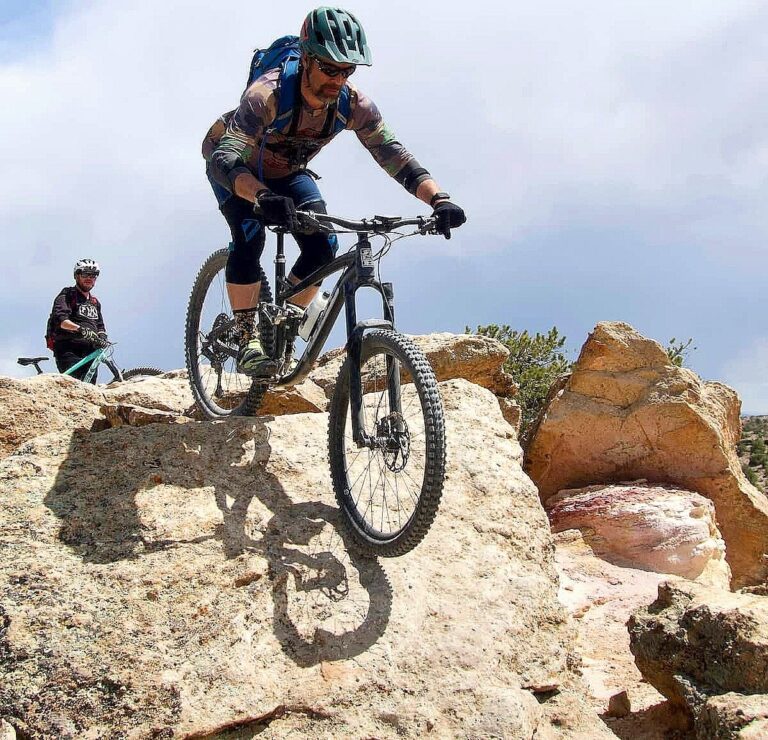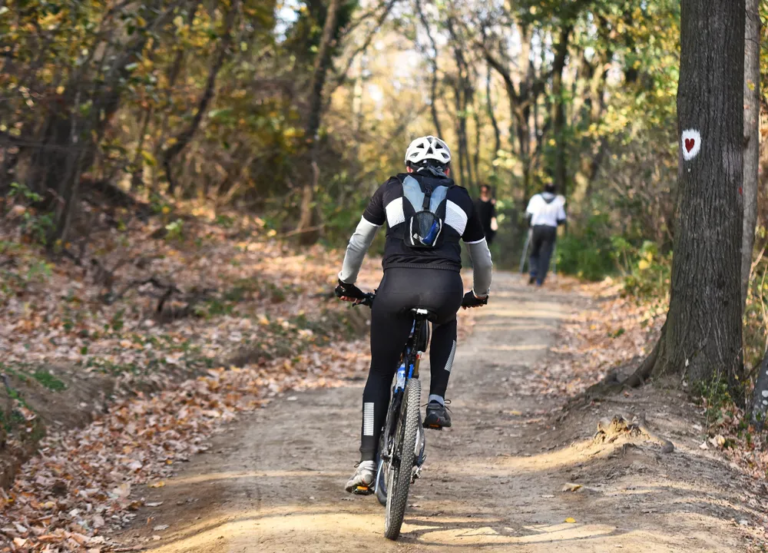Trail Essentials: Selecting Hydration Packs for Mountain Biking
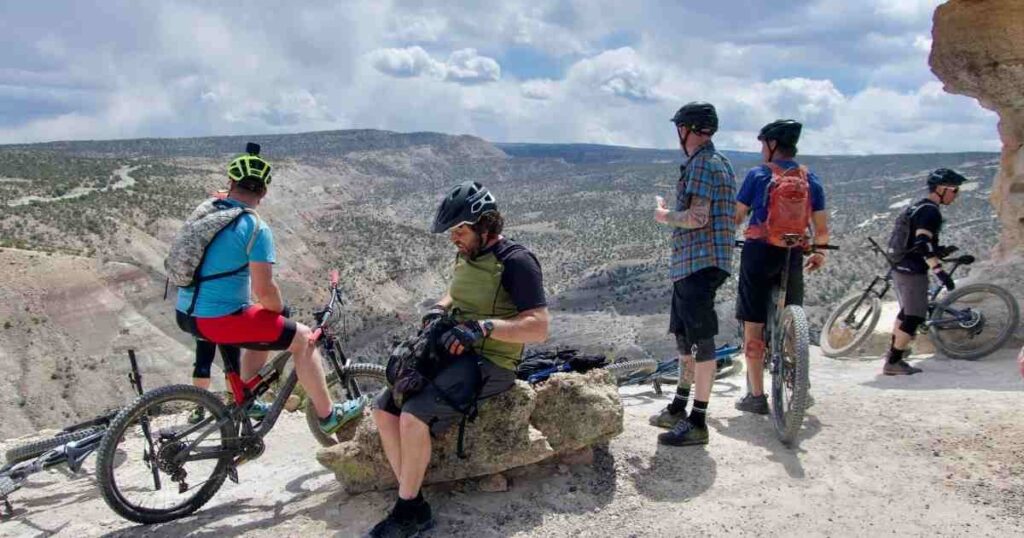
Key Point Summary of Selecting Hydration Packs for Mountain Biking:
- Assessing Capacity and Fit: Selecting the right size and fit for mountain biking adventures.
- Durability and Features: Prioritizing robust materials and essential features for trail riding.
- Personal Experience and Recommendations: Insights from my years of cycling across various disciplines.
As a seasoned cyclist who has delved into mountain biking, gravel biking, and cyclocross, I understand the critical role of staying hydrated, particularly on the challenging terrain of mountain trails. A well-chosen hydration pack is not just about carrying water; it’s an integral part of your mountain biking gear.
Assessing Capacity and Fit
Finding the Right Size: The capacity of your hydration pack should match the length and intensity of your rides. For shorter trails, a smaller pack suffices, but for longer excursions, a larger capacity is essential. I’ve found that a 2-liter pack is versatile enough for most of my rides.
Comfortable Fit: A pack that fits well is crucial. It should sit snugly on your back, with straps that don’t chafe. Adjustable straps and a waist belt can provide additional stability, which I’ve found invaluable on rough descents.
Durability and Features
Robust Materials: Mountain biking can be tough on gear. Look for packs made from durable materials of a hydration pack that can withstand abrasions and the occasional fall. Packs with reinforced areas are a bonus.
Essential Features: A hydration pack for mountain biking should have features like easy-to-use bite valves, accessible pockets for tools and snacks, and a breathable back panel. I particularly appreciate a pack with a quick-release hose for easy refilling.
Personal Experience and Recommendations
Hydration and Storage Balance: Through trial and error, I’ve learned the importance of balancing hydration capacity with storage for essentials. A pack that’s too heavy can hinder your ride, but one with too little space can leave you unprepared.
Maintenance Tips: Regular cleaning and drying of the pack and bladder are crucial for hygiene. Post-ride, I always rinse the bladder and let it air dry, ensuring it’s ready for the next adventure.
Hydration on the Trails: A Comprehensive Guide to Selecting the Right Pack for Mountain Biking
Brand Recommendations
Brands like CamelBak, Osprey, and Platypus each offer unique features. CamelBak is known for its innovative hydration systems, Osprey for ergonomic comfort and ventilation, and Platypus for its high-quality, taste-free reservoirs. It’s important to choose a brand that aligns with your specific needs, whether it’s ease of use, comfort, or water quality.
Hydration Tips
Personal hydration needs can vary greatly. For mountain biking, it’s recommended to adjust water intake based on the intensity of the ride and environmental conditions. On longer or more strenuous rides, consider hydration solutions with electrolytes to maintain balance.
User Reviews
When reading user reviews, pay attention to feedback on durability, ease of cleaning, and comfort. Reviews can provide valuable insights into how a hydration pack performs in real-world conditions, which is especially useful for understanding how the pack might handle rugged mountain biking trails.
Price and Value
The price range for hydration packs can vary. Entry-level packs typically offer basic functionality, while mid-range and high-end models provide additional features like improved back support, advanced hydration technology, and more durable materials. Consider what features are most important to you and choose a pack that offers the best value within your budget.
Gear Compatibility
Ensure that the hydration pack you choose is compatible with other gear you use, such as helmets and body armor. A well-fitting pack should not impede your movement or accessibility to gear.
FAQ
What size hydration pack for mountain biking?
For mountain biking, a hydration pack between 2L to 3L is typically sufficient for most riders. The size depends on the ride’s length and your hydration needs.
What is best size for hydration pack?
The best size for a hydration pack varies based on activity. For short hikes or rides, a 1.5L to 2L pack is adequate, while for longer excursions, a 2L to 3L pack is preferable.
What is the difference between 2L and 3L hydration bladder?
The main difference is in capacity. A 2L bladder is lighter and suitable for shorter activities, while a 3L bladder offers more water, better for longer outings or higher hydration needs. The 3L bladder is slightly heavier and bulkier when full.
Wrapping Up
Selecting the right mountain biking hydration pack involves considering factors like capacity, fit, durability, and necessary features. The right pack not only ensures you stay hydrated but also supports your ride with essential storage and comfort. In mountain biking, being well-prepared includes choosing the right gear.
John
